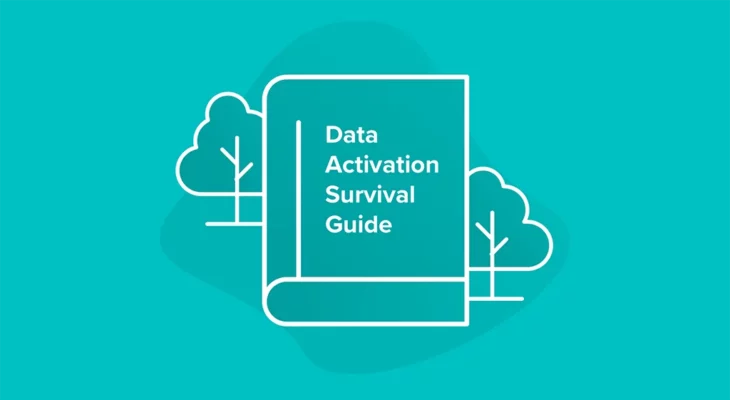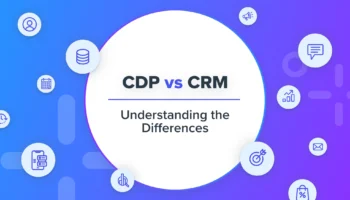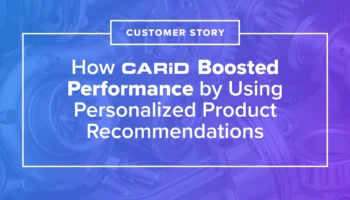This past year has been the year of the CDP. The market grew by a whopping 71% in the first half of 2019 alone. 78% of companies have, or are looking into buying Customer Data Platforms. The hype of CDPs has allowed marketers to unify their siloed data — but that’s only a part of the puzzle. While businesses have unified data, it’s not immediately apparent how to execute data activation.
C-suite expectations are also high. 93% of executives expect that using more customer data in their campaigns will greatly impact their ability to be competitive. More customer data than ever before is being collected, but other major issues in data infrastructure are preventing the data from being utilized fully. Over one-fourth of business have no connectivity between channels. This leads to a fragmented customer experience that inhibits growth. For forward thinking marketers willing to invest in tech, this presents a unique opportunity.
To activate data in order to facilitate these experiences, you need a solution that can capture, model, and manage raw data from any source, and out to any source. What’s activation you ask? Leaders in the CDP space use “activation” as a catch all for describing the process by which customer experiences are informed by the fullness of customer data. This means every customer interaction across every channel is guided by a holistic, real-time view of customers. 31% of marketers still face access to this data as a major roadblock towards the overall goal of a responsive, automated, customer relationship.
It’s time to rethink how you’ve structured your tech stack around the CDP to drive revenue and deliver a seamless, 1:1 data-powered experience. Here are the steps to get started:



